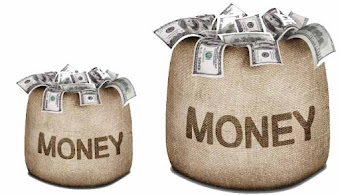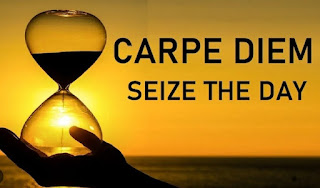Quit Forcing Square Pegs into Round Holes

By: Ivan Cavric Let’s cut the cute metaphors and just say it: if you’re in business, stop trying to sell your stuff to people who don’t want it, don’t need it, and won’t use it. This “square peg in a round hole” thing isn’t just a clever saying. It’s the reason your sales are a mess, your customers are frustrated, and your marketing budget is circling the drain. You’re spending all your time convincing the wrong people instead of finding the right ones. That’s not smart. That’s desperate. The Real Problem Too many businesses start with themselves. “Here’s what we sell — now let’s find somebody to buy it.” Sounds good in a meeting, but in the real world, it’s a disaster. You’ve got companies pitching high-tech, complicated solutions to folks who just want something simple. Like trying to sell an AI-powered logistics platform to a mom-and-pop bakery that just needs a cash register that works. They’re never going to buy it — and if they do, they’ll hate you for talk...





